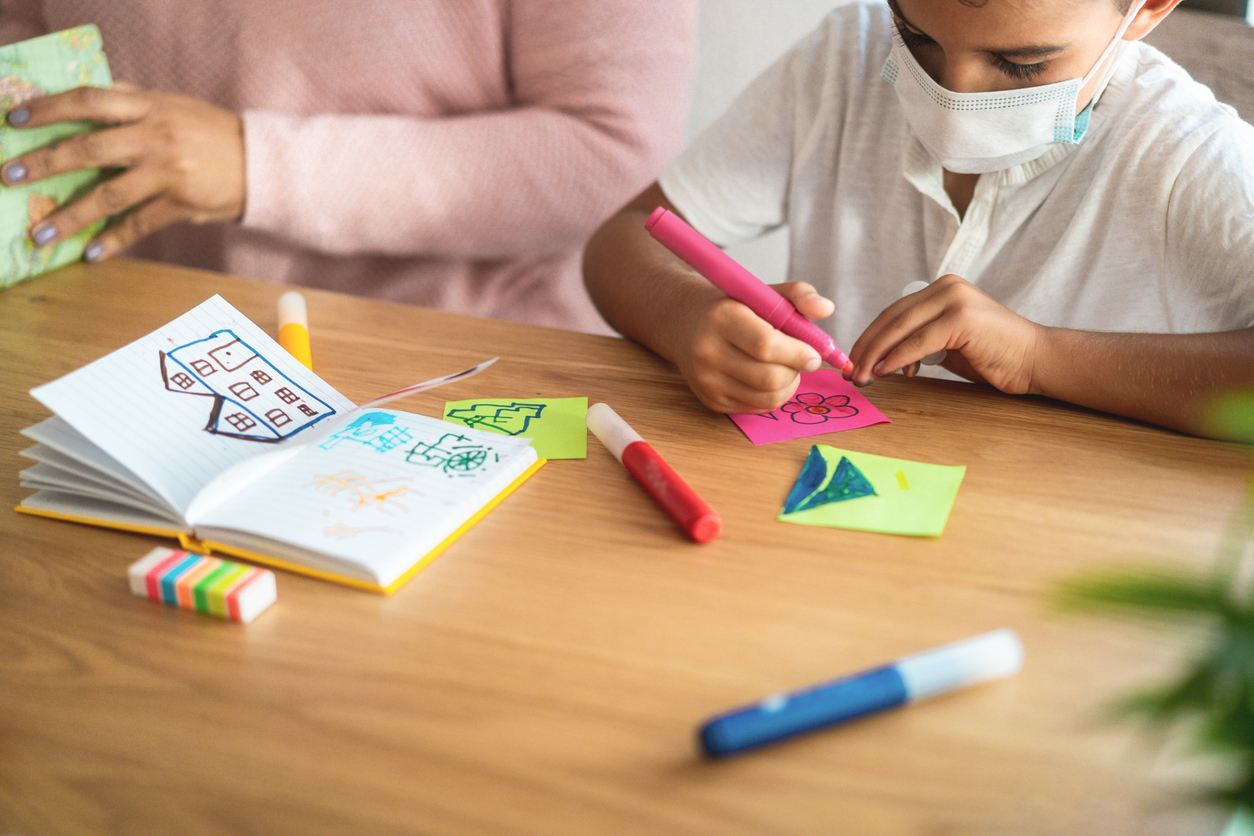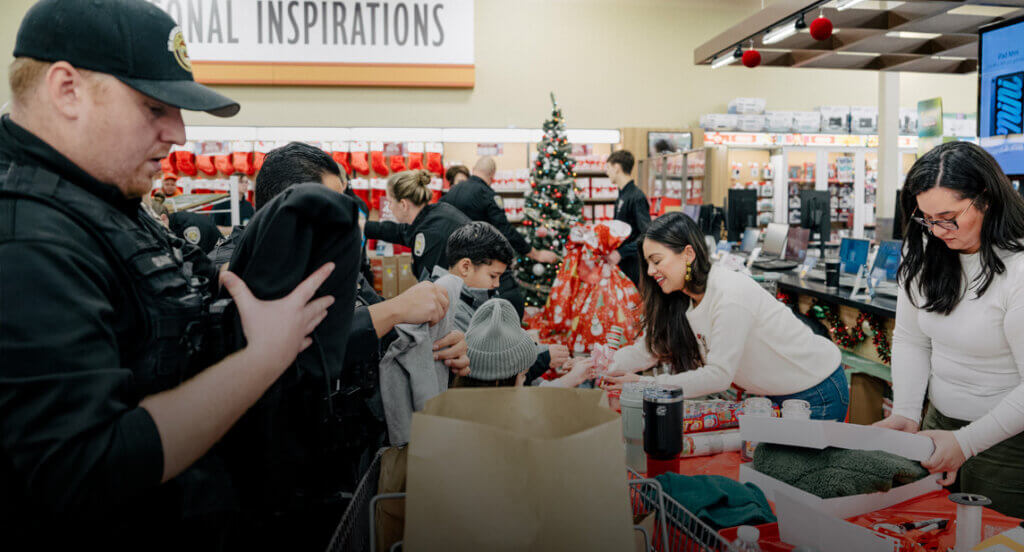Keeping the ‘Lights On Afterschool’ for Latinx Kids and Families
By Jodi Grant, Executive Director, Afterschool Alliance
Fifteen-year-old Angeles Mejia-Sierra came to the HANDY afterschool program in Oakland Park, Florida, seeking a sense of community and family.
“A child sometimes doesn’t have the example of a family at home,” she says. “It could be broken, or they could feel alone or isolated. I can relate to that.”
She found that sense of home, as well as tutoring and homework help, and extracurricular activities ranging from poetry and music to physical activity.
Afterschool and summer learning programs provide critical support for youth and families. They keep kids safe, inspire them to learn and grow, and give working parents peace of mind that their children are engaged and cared for between 3 and 6 p.m. It’s not surprising that programs are highly valued by parents and are in high demand. For every child currently enrolled in an afterschool program, three are waiting to get in. Among those lucky enough to be in a program, nine in 10 parents report high satisfaction. Among Latinx parents, 94% report satisfaction with their child’s afterschool program.
Demand for programs is especially high among Latinx families. The Afterschool Alliance’s fourth edition of America After 3PM, an in-depth look at children in the afterschool hours, finds that more than 6.5 million additional Latinx children would participate in a program, if one were available. The unmet demand for afterschool programs among Hispanic children is higher than the national average (55%vs. 50%), and higher than unmet demand among white children (46%).
Latinx parents agree that programs keep kids safe; provide opportunities to engage with peers and reduce unproductive screen time; and help children gain interest and skills related to science, technology, engineering, and math (STEM). Latinx parents also view afterschool programs as a positive influence on children, agreeing that programs help young people build life skills, allow children to build positive relationships with caring adults and mentors, and reduce the likelihood that young people will engage in risky behaviors, such as drug use. Latinx parents see a connection between afterschool programs and children’s school-day learning, agreeing that programs help children become more excited about learning and interested in school, and help parents build connections to their child’s school-day education.

Hispanic parents also overwhelmingly agree that afterschool programs support families, with more than four in five reporting that afterschool programs provide working parents peace of mind knowing that their child is safe and supervised, and help working parents keep their jobs. Hispanic families report that their afterschool program helps children build skills through classes and/or workshops and connects them with community resources, such as dental clinics or financial planning services. Among Hispanic families with low incomes, these numbers are even higher.
The sad news is that most Latinx families can’t access programs. Similar to parents overall, Hispanic parents report that the cost of afterschool programs is a major barrier. These parents also cite a lack of safe ways for their child to get to and from an afterschool program, inconvenient program locations or hours, and lack of spaces available in their preferred afterschool program. In particular, Hispanic families with low incomes report even greater barriers to participation.
At the Afterschool Alliance, we’re working to address these barriers, and ensure that all children have access to affordable, quality afterschool programs. Afterschool programs will be critical to help children and families recover from the pandemic and forge bright futures. Right now, states and localities have an enormous opportunity to invest in afterschool programs, as billions in COVID relief funding flows to state education agencies and school districts to support students’ recovery. We need to make sure that afterschool programs are part of the recovery strategy our communities implement.
We invite you to join us in rallying for afterschool programs this October 28 for the 22nd annual Lights On Afterschool. In a typical year, 8,000 events bring one million people together to celebrate afterschool programs and the work they do every day to support our young people. This year, we are especially proud to honor the afterschool staff who have helped our children navigate a challenging time, and who will be key to help our young people emerge from this crisis strong, resilient, and hopeful. Lights On Afterschool is an opportunity to show the power and impact of the afterschool movement and shine a national spotlight on the programs that make a difference in our kids’ lives every day.
Join us in celebration! We’re lighting up the night sky for afterschool, with landmarks from Boston’s South Station to the Louisiana Superdome, and from the World’s Only Corn Palace in South Dakota to the Empire State Building in New York City. You can find Lights On Afterschool events in your community on our Find An Event page, or bring the rally home by checking out #LightsOnAfterschool and the #LightbulbChallenge on social media.
In the powerful words of Angeles, “[our afterschool program] keeps us on our toes and keeps our minds working, especially during this pandemic, when you can feel like you’ve just been in this point of stagnation.”
Afterschool programs have risen to the moment to support our kids, yet too few families and communities can experience the benefits of these programs firsthand. Let’s work together to expand access to afterschool and summer learning programs.
Author Jodi Grant is the executive director of the Afterschool Alliance.





